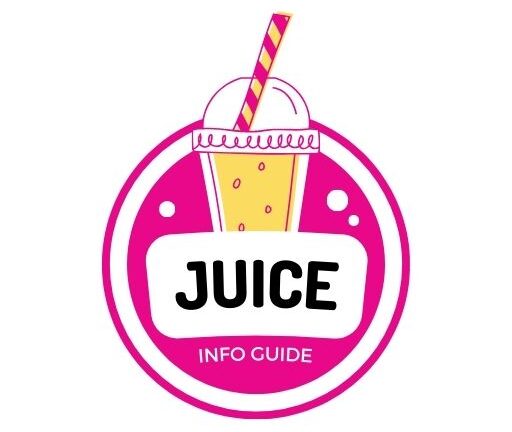Orange juice is a staple in households worldwide, loved for its refreshing taste and nutritional benefits. But have you ever wondered how orange juice is produced? From the moment oranges are picked off the tree to when they land in your glass, the process is a fascinating blend of nature and science. Let’s dive into the journey of orange juice production!
Step 1: Harvesting and Sorting the Oranges
The journey begins in lush orchards where oranges are carefully harvested at peak ripeness. The most commonly used varieties for orange juice include Valencia, Navel, and Pineapple oranges. Once picked, the fruits are transported to processing plants where they undergo rigorous inspection. Damaged or overripe fruits are discarded to ensure only the best quality oranges make it to the next stage.
At the plant, oranges are sorted by size and quality. This step is crucial for maintaining consistency in flavor and sweetness in the final product.
Step 2: Washing and Cleaning
Before extraction, oranges are thoroughly washed to remove dirt, pesticides, and other residues. They pass through rotary brushes and water sprays to ensure they’re spotless. Cleanliness is paramount as it directly impacts the quality and safety of the juice.
Step 3: Juice Extraction
Once cleaned, the oranges move to extraction machines. These machines either cut the oranges in half and press them or use a tube to squeeze out the juice. The goal is to extract as much liquid as possible without including bitter compounds from the peel.
The extracted juice may contain pulp and seeds, which are removed through filtration. However, some varieties of orange juice retain pulp for added texture and flavor.
Step 4: Pasteurization
Pasteurization is a critical step in commercial orange juice production. The juice is heated briefly to kill harmful bacteria and deactivate enzymes that could cause spoilage. This process ensures the juice remains fresh and safe for consumption while extending its shelf life.
Flash pasteurization, a method where the juice is heated rapidly for a short time, is often used to preserve more of the natural flavor and nutrients.
Step 5: Concentration (Optional)
For “from concentrate” orange juice, an additional step occurs. The juice is placed in a vacuum evaporator where water is removed, leaving behind a concentrated form of orange juice. This concentrate is easier to transport and store. Later, water is added back to reconstitute the juice before packaging.
For “not from concentrate” (NFC) orange juice, this step is skipped entirely. NFC juices are processed minimally to retain their fresh-squeezed taste.
Step 6: Flavor Adjustment
To ensure consistency in taste, manufacturers may blend juices from different batches or seasons. Natural orange oils and essences—often lost during pasteurization or concentration—are added back to enhance aroma and flavor.
In some cases, sugar or sweeteners may be added depending on regional preferences or product types (e.g., sweetened vs unsweetened).
Step 7: Packaging
Once ready, the orange juice is packaged in cartons, bottles, or cans under sterile conditions. Packaging not only protects the product but also maintains its freshness by preventing exposure to air and light.
For frozen concentrated orange juice (FCOJ), it’s stored at extremely low temperatures (-40°F) before being shipped to retailers.
The Role of Technology in Modern Production
Modern technology plays a significant role in ensuring efficiency and quality throughout the process:
– Homogenization: This process breaks down particles in the juice for a smoother consistency.
– Deaeration: Air bubbles are removed from the juice to prevent oxidation and foaming.
– Automation: Many steps are automated to handle large-scale production while maintaining hygiene standards.
Fresh-Squeezed vs Commercial Orange Juice
While commercial orange juice undergoes multiple steps for safety and shelf life, fresh-squeezed orange juice skips pasteurization and processing. It’s made by simply squeezing oranges at home or using juicing machines. Fresh-squeezed juice offers maximum flavor but has a shorter shelf life compared to its commercial counterpart.
A Healthy Choice with Moderation
Orange juice is packed with vitamin C, antioxidants, and essential minerals that boost immunity and overall health. However, it’s also high in natural sugars. For a balanced diet:
– Opt for 100% pure orange juice without added sugars.
– Limit consumption to one glass per day.
– Pair it with whole fruits for additional fiber.
From grove to glass, producing orange juice involves meticulous care at every step. Whether you prefer freshly squeezed or store-bought varieties, knowing how this beloved beverage is made adds an extra layer of appreciation every time you enjoy it!
